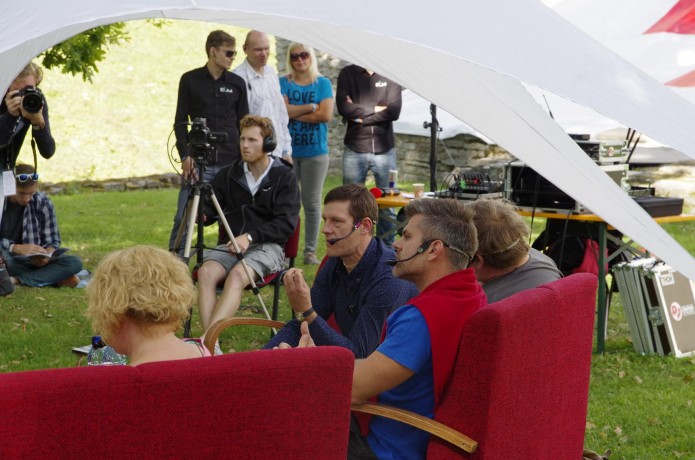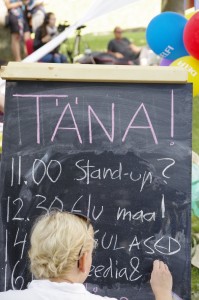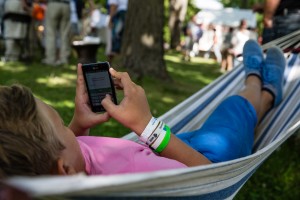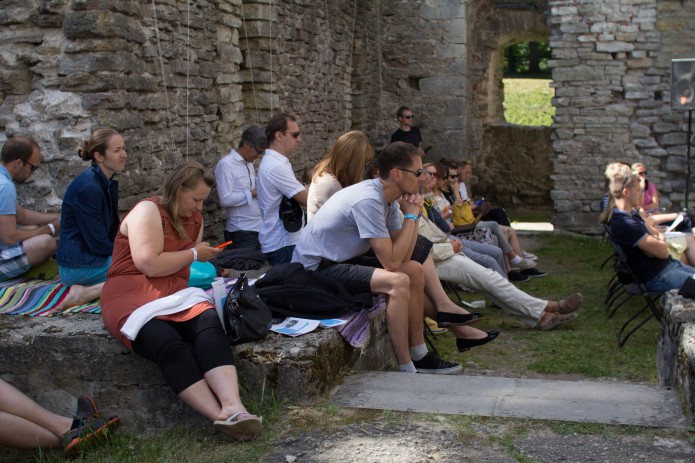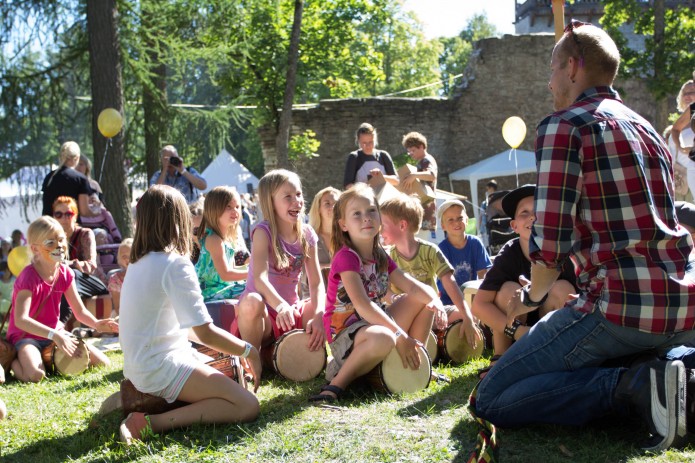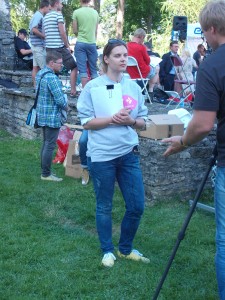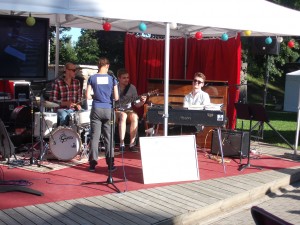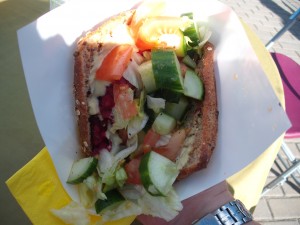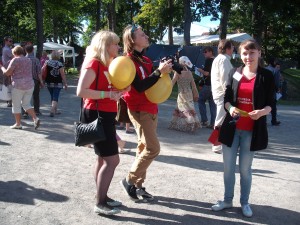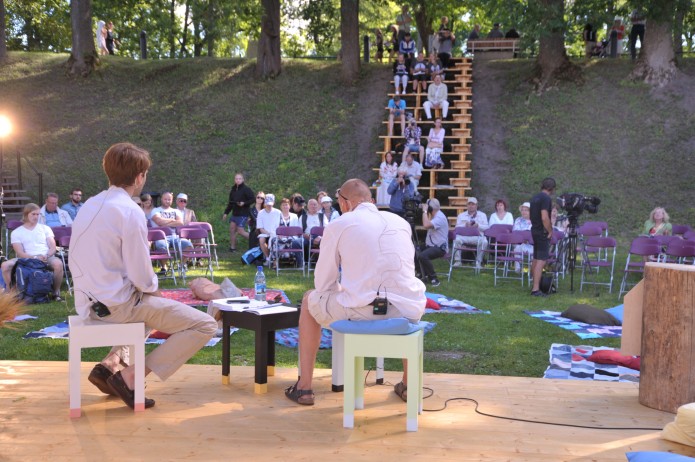‘What Can We Do For World Peace?’ is possibly the biggest question on the planet, and at the Opinion Festival on Saturday morning, an intrepid group of academics, educators and activists attempted to answer it.
Although it is fair to say that, over the course of 90 minutes, it was not possible to reach a consensus on how to achieve world peace, or even if it is possible, the most interesting part of the discussion was, as is often the case in such theoretical talks, the individual stories of the speakers.
Piet Boerefijn is the Director of the Estonian Food Bank, which has set up food relief in towns and cities all over Estonia to help the people who cannot afford to feed their families. However, at first, this was not a personal mission of his – the Dutchman came to Estonia shortly after the restoration of independence for a totally different reason.
“I thought it would be revolutionary if only someone could bring some new beds, or install some extra toilets. We took some mattresses from hospitals in the Netherlands for free.” Estonia was a far different country to the one that foreigners in 2016 experience, Boerefijn explained. “At that time Estonia was extremely poor. It was still the Soviet Army there. Often they would get their salary in roubles, not the Estonian kroon, and that meant they couldn’t buy anything. So what did they do? They sold their weapons, so you could buy your weapons from the Russian Army in Estonia.”The recollections of Ekke Nõmm, Director of the Estonian School of Diplomacy, were, as you might expect, more moderated and mild. Nõmm, a fuzzy-haired man who seems permanently calm, talked about his experiences running a private university that receives international funding to train global diplomats.
Nõmm believes that accord can be found between people of most nationalities if they can learn to relate to each other on a personal level. “After a year [studying together], they’re friends, they understand each other better.” There are still tensions, mostly due to pressure from the students’ parent countries. “There was one group, with whom we went for a discussion in Kadriorg with the President. We had a photo taken with the him, and I arranged it that on one side were two Armenian women, on the other two Azeri men.”
“We had the photos taken, it all went well, we went back to school, and then after an hour, the Azeris called me and said, ‘please don’t use this photo in a professional capacity,’ because it might mean trouble for them. They were worried about going back to Baku, and their superiors perhaps saying, ‘you’re becoming too friendsly with the Armenians.’ So this shows the divisions that are there, but by bringing these people together I think we can somehow do something for world peace.”
In attempting to explain the still-existent divisions between first-language Estonian- and Russian-speakers in Estonia, Nõmm had a theory. “A lot of this had to do with the fact that the Russians in Estonia had to do a tremendous mental switch, from being masters of the universe, rulers of the empire, and from there, they had to change to a minority in a small country. I agree that Estonians are typically quiet and modest, and Russians are more outgoing. I suppose a Russian by nature would expect a friend to be outgoing, but Estonians aren’t like that in their nature. So when Estonians say, ‘ok, learn the language, do your job, and we’ll all be happy,’ because embracing and hugging is not in their nature, Russians might interpret it as unwelcoming. Also, the fact that the Russians live in their own media-sphere: I would consider that to be the greatest problem.”
Liga Rudzite is a Marie Curie Fellow at the Tallinn School of Economics and Business Administration, Tallinn University of Technology, and media falls into her research. She said it is not only Russian media that is biased. “I think we are biased – even our free media. We speak about Latvia always on Latvian terms, and if I were a Russian of course I wouldn’t use Latvian media because I would use what spoke more personally to me.”
Discussions continued, with world peace still some way off at the time of writing.
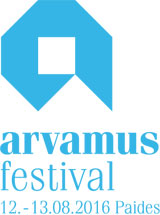
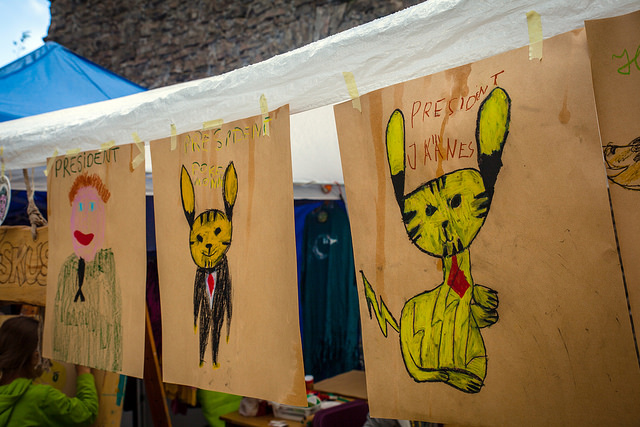
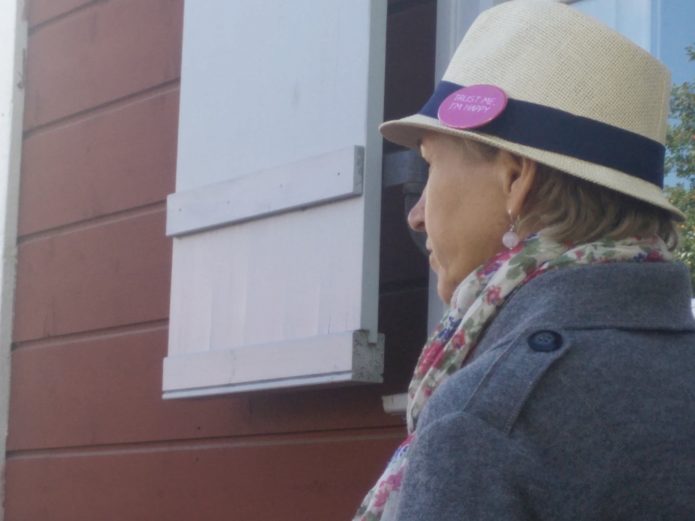
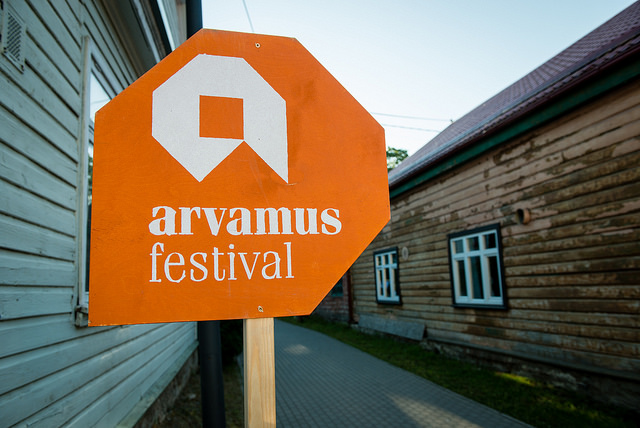
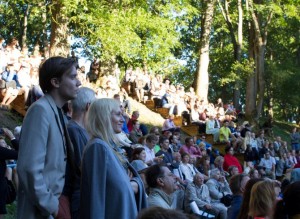 third Arvamusfestival ended on a high note on Saturday evening. The final debate of the festival invited all six leaders of the Estonian parties currently in parliament (with Kadri Simson standing in for Edgar Savisaar, leader of the Centre Party) to share their vision and common goals beyond the nitty-gritty and quibbles of everyday politics. Fitting in with the several events at this year’s festival searching for a ‘story of the future’ for Estonia, the party leaders were asked to share their idea about what Estonia could and should stand for and look like by 2040.
third Arvamusfestival ended on a high note on Saturday evening. The final debate of the festival invited all six leaders of the Estonian parties currently in parliament (with Kadri Simson standing in for Edgar Savisaar, leader of the Centre Party) to share their vision and common goals beyond the nitty-gritty and quibbles of everyday politics. Fitting in with the several events at this year’s festival searching for a ‘story of the future’ for Estonia, the party leaders were asked to share their idea about what Estonia could and should stand for and look like by 2040.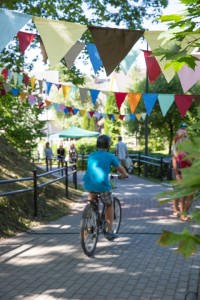
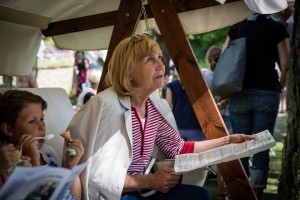
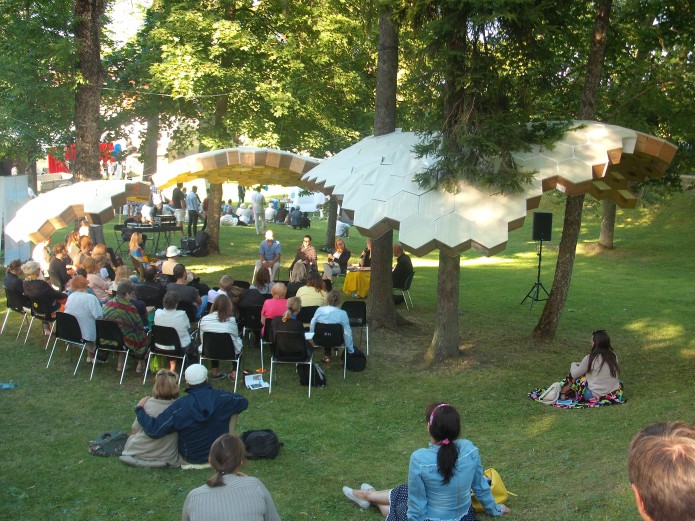
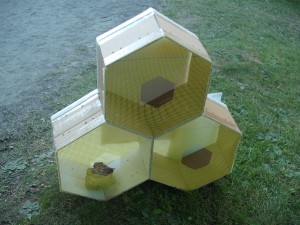
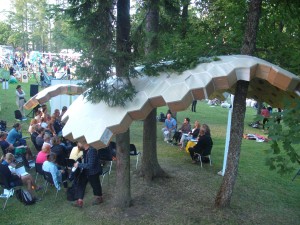
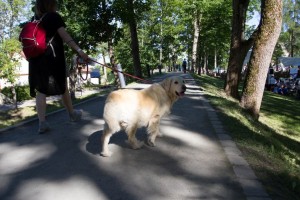
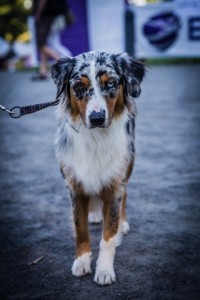

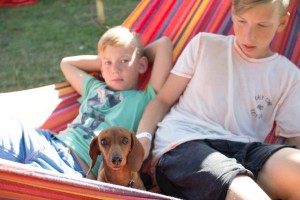
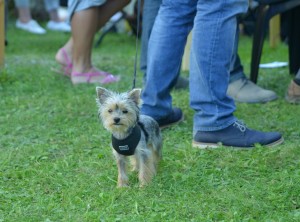
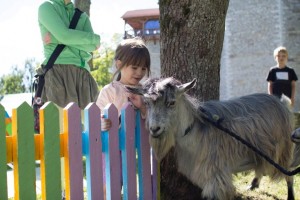

![IMAG6430[1]](../../../wp-content/uploads/2015/08/IMAG64301-300x170.jpg)
